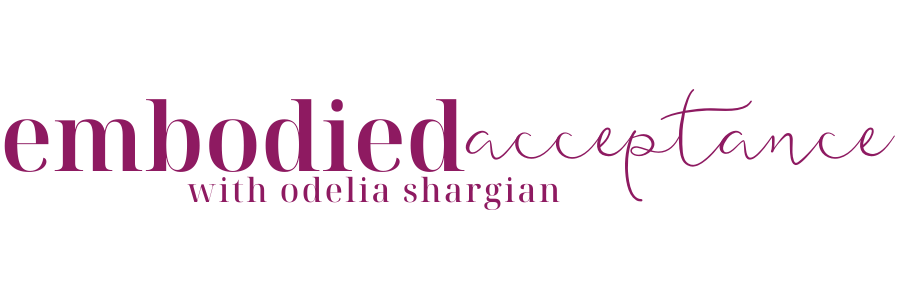emovere
I just completed another step in my self imposed learning journey, a step called Viewpoints. There’s so much to unpack. I mainly experienced great awe watching one group of people after another improvise with a specific set of rules and with an overarching intention to take care of the common space. All the focus and intention that people brought to these group improvisation situations created such beauty, well beyond anything that anyone could have choreographed. I wish you could have seen it.
I wanted to share a connection I made after our last session today to something that I’ve been exploring a lot. I think my focus as a whole, through my training so far has been revealing itself more and more as trying to answer the question of how to create situations that allow for transformation and healing through the body and movement.
The Viewpoints technique is often used for artistic purposes in staging acting or dance performances to convey a specific message or a story. In my recent workshop we also used it as a compositional improvisation practice. I learned that by playing with different compositional elements in movement improvisation such as the tempo I’m choosing to use, the shape of my body, my relationship to the architecture of the space or to other people, the gestures or tone of voice I chose to use, I can affect my emotional state.
I found that I was thinking about how I could use those ideas today in my emotional healing practice. I was talking about an experience that I had that brought up some sadness but I found that just talking about the situation didn’t allow me to connect to the sadness on a deeper, body level, which is the goal in my practice.
I thought about what the shape of my body was in (sitting on a chair) and I changed it into curling up into a little ball on the floor. I changed my expression, my tone of voice and the rate that I was speaking. I was mainly quiet. Soon enough the tears came and I was able to embody the sadness more fully.
My healing practice is a two way practice so it also involves holding space for someone else to heal. It can be easy to fall into listening to them talk and get carried away in their story but I often find that what is more conducive to healing is focusing on the body rather than the content of the words. In my turn to hold space I found myself thinking again about the Viewpoints and when “my client” was talking about something that they were conditioned to be ashamed of I suggested they take a proud tone and posture. Again, I could tell that doing this allowed something to shift within them and move into a fuller experience of their emotions.
I’m finding more and more the connection between movement and emotion to be undeniable. Isn’t it intersecting that the word emotion comes from the Latin word emovere: e=‘out’ + movere ‘move’? I think it takes applying awareness to the way we move to create situations where we can “move out” our emotions and heal. I’m really looking forward to sharing and offering more of what I’m learning around this with you.
